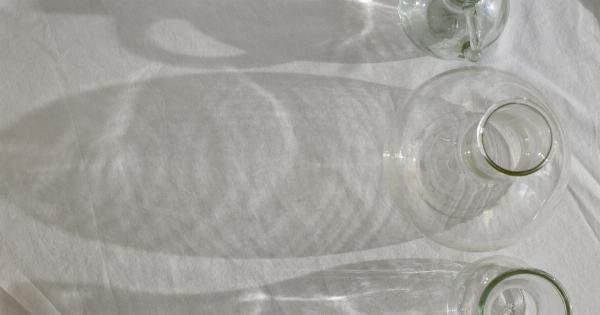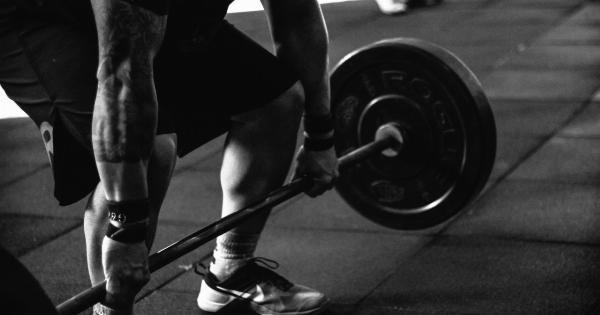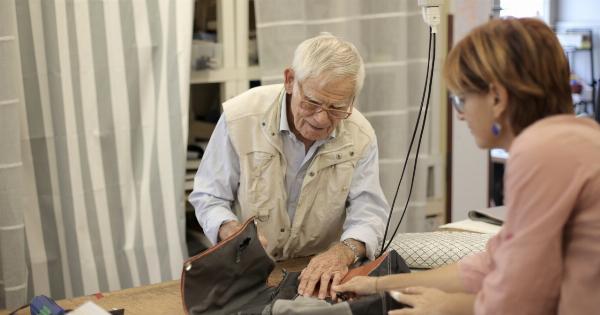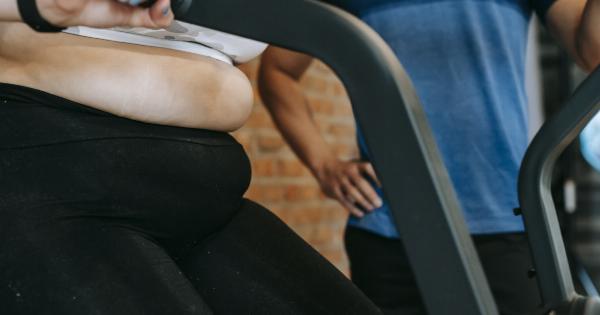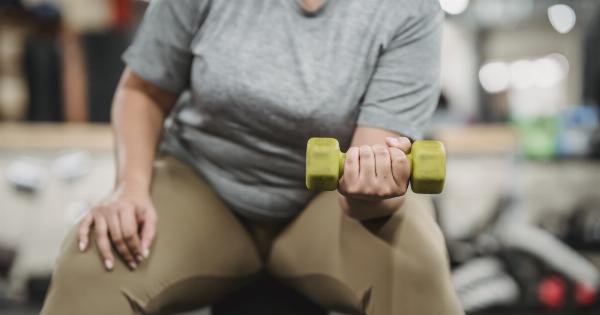Venous insufficiency is a common medical condition that affects the veins in the legs, preventing proper blood flow from returning to the heart.
This condition occurs when the valves in the veins become damaged or weakened, leading to a build-up of blood and increased pressure in the veins. Venous insufficiency can result in various symptoms, including pain, swelling, skin changes, and ulcers. In this article, we will explore the factors that contribute to venous insufficiency and discuss some strategies for managing this condition.
1. Age and Genetics
Age and genetics are significant factors that contribute to the development of venous insufficiency. As we age, the valves in our veins may start to malfunction due to wear and tear.
Additionally, certain genetic factors can make individuals more prone to developing weak vein walls or defective valves, increasing the risk of venous insufficiency.
2. Sedentary Lifestyle
A sedentary lifestyle, characterized by long periods of sitting or standing without much movement, can contribute to venous insufficiency.
Lack of movement can hinder blood circulation in the legs, leading to blood pooling in the veins and increased pressure on the vein walls. Regular physical activity, such as walking or cycling, helps promote blood flow and reduces the risk of developing venous insufficiency.
3. Obesity
Obesity is a risk factor for many health conditions, including venous insufficiency. Excessive weight puts additional pressure on the veins, making it harder for blood to flow back to the heart.
Losing weight through a balanced diet and regular exercise can help alleviate the symptoms of venous insufficiency and improve overall vascular health.
4. Pregnancy
Pregnancy can increase the risk of developing venous insufficiency, particularly in the later stages when the growing uterus puts pressure on the pelvic veins, impeding blood flow.
Hormonal changes during pregnancy can also weaken the vein walls and valves. Pregnant women can minimize the risk of venous insufficiency by wearing compression stockings, elevating their legs, and engaging in regular physical activity as advised by their healthcare provider.
5. Smoking
Smoking is not only harmful to the lungs and cardiovascular system but also contributes to venous insufficiency. Smoking damages blood vessels, making them more susceptible to blockages and impairing blood flow.
Quitting smoking is essential for improving vascular health and reducing the risk of venous insufficiency.
6. Hormonal Changes
Hormonal changes, such as those experienced during menopause or while taking hormonal birth control, can increase the risk of venous insufficiency. These changes can weaken vein walls and valves, leading to impaired blood flow.
Women who are at a higher risk should discuss alternative birth control options with their healthcare provider and adopt lifestyle habits that promote healthy veins.
7. Medical Conditions
Certain medical conditions, such as deep vein thrombosis (DVT) and varicose veins, can contribute to venous insufficiency. DVT is a blood clot that forms in the deep veins and can obstruct blood flow.
Varicose veins are enlarged and twisted veins that often lead to valve damage. Treating these underlying conditions is crucial in managing venous insufficiency and preventing further complications.
8. Compression Therapy
Compression therapy is a common treatment for venous insufficiency. It involves wearing compression stockings or bandages that apply pressure to the legs, improving blood flow and relieving symptoms.
Compression therapy helps to reduce swelling, prevent blood pooling, and promote healthy circulation. It is essential to consult with a healthcare professional to determine the appropriate compression level and type of stockings for individual needs.
9. Exercise and Elevation
Regular exercise plays a vital role in managing venous insufficiency. Engaging in activities that promote leg movement, such as walking or swimming, helps enhance blood circulation and strengthens the muscles that support proper vein function.
Elevating the legs above heart level at rest can also reduce swelling and ease discomfort experienced with venous insufficiency.
10. Skincare and Wound Management
Caring for the skin and managing any wounds or ulcers is an essential part of dealing with venous insufficiency. Keeping the skin clean, moisturized, and protected from injury helps prevent complications and supports healing.
Specialized wound dressings and treatments may be recommended for managing existing ulcers, and regular follow-up with a healthcare professional is necessary to monitor progress.













